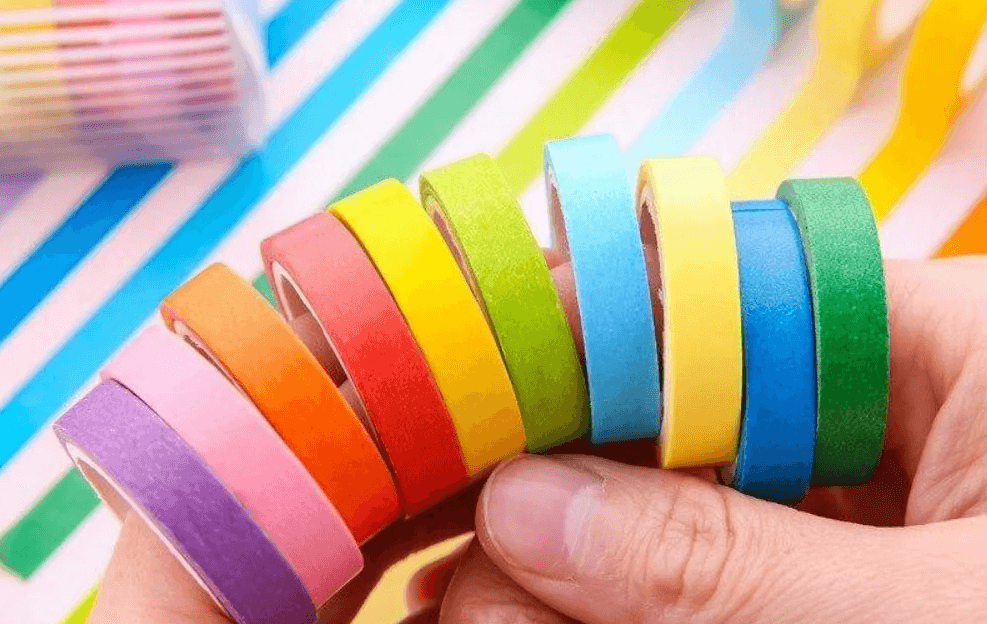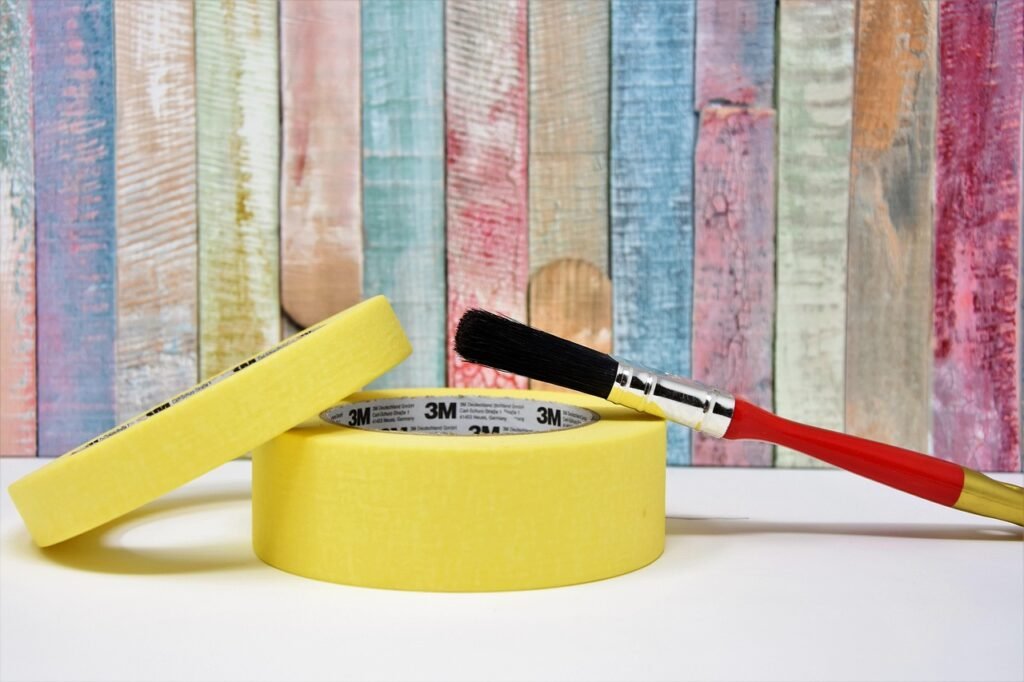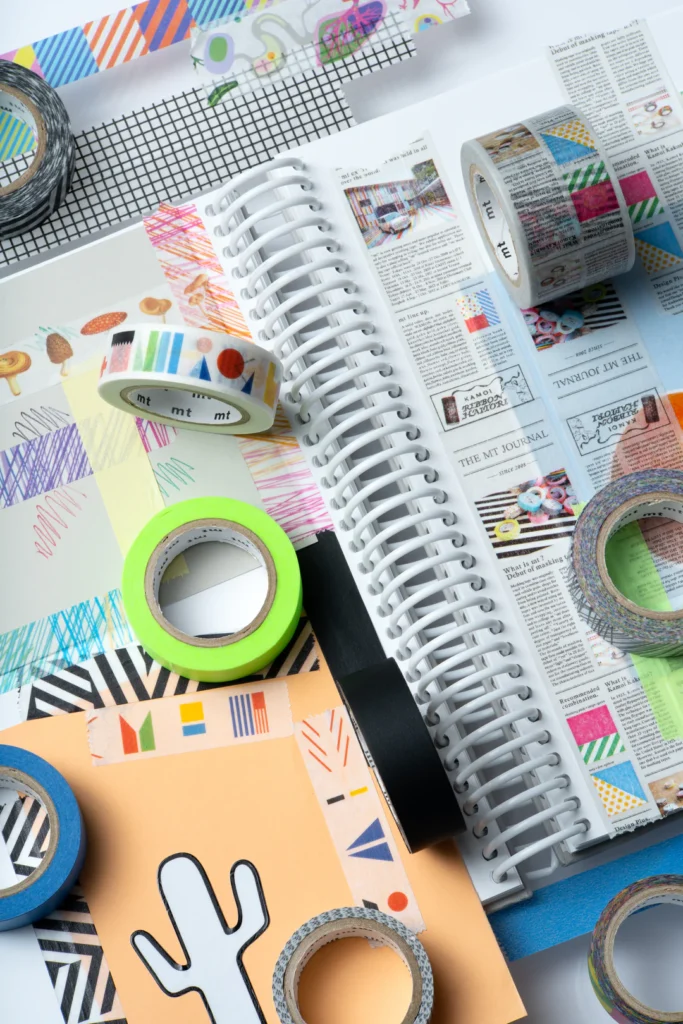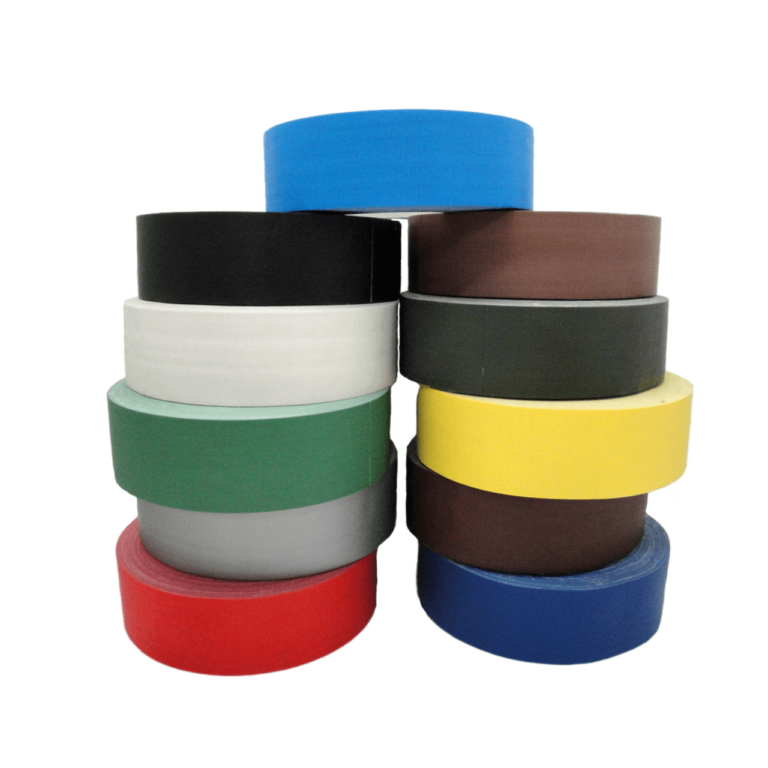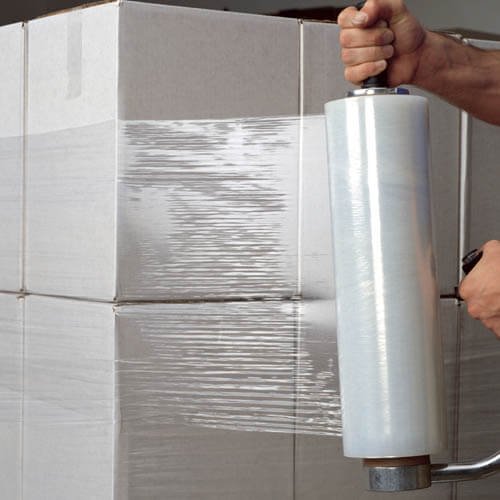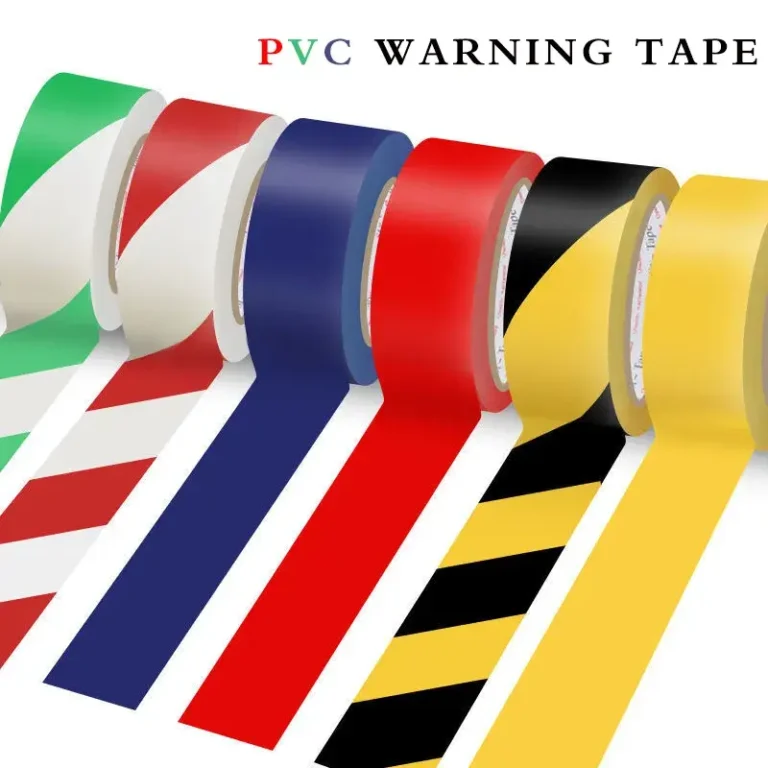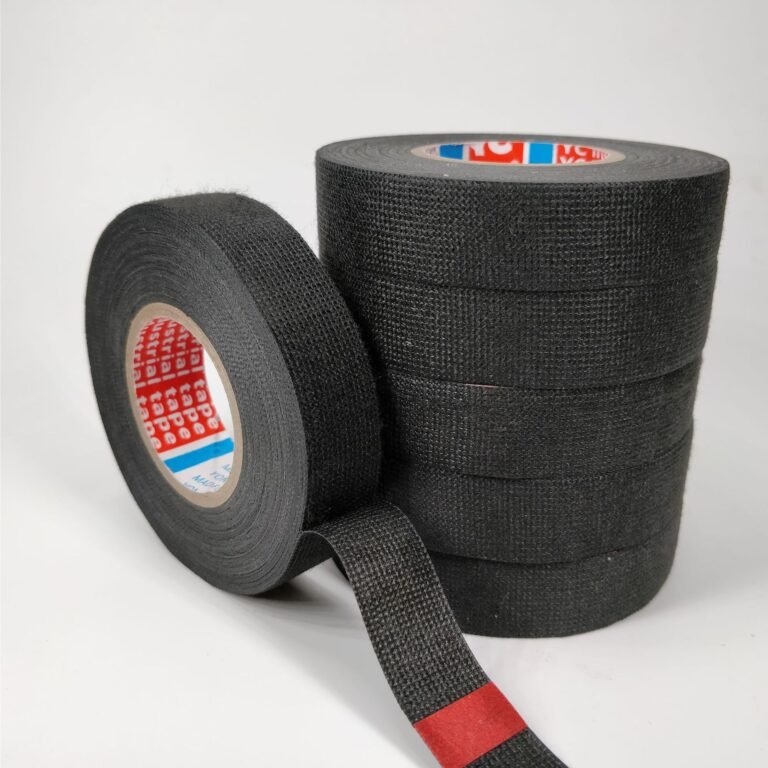Exterior Wall Masking Tape: Uses, Key Features & Best Practices for Outdoor Projects
As societal standards for aesthetics rise, even construction and industrial projects demand both durability and visual appeal. Exterior wall masking tape has emerged as a key tool in achieving precise, clean finishes in applications ranging from interior decoration to high-end automotive spraying. This article explores its versatile uses, unique characteristics, and why it’s indispensable for outdoor construction.
Diverse Applications of Exterior Wall Masking Tape
Exterior wall masking tape is engineered to withstand harsh outdoor conditions while ensuring meticulous surface protection. Key uses include:
- Architectural Painting & SprayingExterior Wall Coatings: Creates sharp, clean lines between different paint colors or textures (e.g., real stone paint, stucco).
- Industrial Equipment & Vehicles: Shields non-target areas during spray painting of machinery, luxury cars, or household appliances.
- Electronics & Component ProtectionCapacitors and PCBs: Secures and insulates electronic components during soldering, plating, or chemical treatments.
- Semiconductor Manufacturing: Provides precise masking for electroplating and etching processes, ensuring component integrity.
- High-Temperature ProcessesPowder Coating and Curing: Withstands moderate heat (up to 150°C) during industrial coating applications.
Key Characteristics of Exterior Wall Masking Tape
Unlike standard masking tape, exterior wall variants are designed for outdoor resilience and precision:
- Superior Ductility and Clean RemovalEasy Tearing: Flexible backing allows hand-tearing without jagged edges, adapting to curved or irregular surfaces.
- Residue-Free Release: Formulated to peel off smoothly after painting or plating, even after extended exposure to sunlight or moisture, leaving no adhesive residue or damage to the underlying surface.
- Natural Color and Consistent PerformanceNeutral Aesthetics: Natural beige color minimizes visual interference during application, suitable for color-sensitive projects.
- Uniform Adhesion: Strong, consistent tack ensures reliable bonding to rough exterior surfaces (e.g., concrete, stucco) without lifting or bleeding.
- Environmental and Practical AdvantagesRecyclable Materials: Many variants use paper-based substrates and eco-friendly adhesives, aligning with sustainability goals.
- Thermal Stability: Performs well in fluctuating outdoor temperatures, resisting both heat 软化 (softening) and cold brittleness.
Why Exterior Wall Projects Require Specialized Masking Tape
Outdoor construction poses unique challenges that standard tapes cannot address:
- Harsh Environmental Factors: Exposure to rain, UV rays, and wind can degrade ordinary masking tape, leading to adhesive failure or residue.
- Rough Substrates: Exterior walls (e.g., brick, textured panels) require tapes with aggressive adhesion to prevent paint seepage.
- Aesthetic Demands: Clean, professional finishes are non-negotiable for modern architecture, making precise masking essential.
Solution: Exterior wall masking tape is often used in tandem with other specialized products:
- Double-Sided Tape for Real Stone Paint: Secures stencils or guides for texture consistency.
- Foam Tape for Gap Sealing: Fills uneven gaps before painting, ensuring smooth transitions.
Best Practices for Exterior Wall Masking
- Surface PreparationClean walls thoroughly to remove dust, grease, or loose debris. Use a wire brush or pressure washer for stubborn residues.
- Tape ApplicationApply tape with firm, even pressure to ensure full contact, especially on rough surfaces. Use a putty knife or squeegee to seal edges and prevent paint bleed.
- Temperature and TimingAvoid applying tape in extreme heat (above 35°C) or cold (below 5°C), as temperature affects adhesive flexibility.
- Remove tape within 24 hours of painting to prevent the adhesive from curing and bonding permanently to the surface.
- Quality AssuranceConduct a small-scale test on a hidden area to verify adhesion and residue-free removal, especially with new paint types or substrates.
Conclusion
Exterior wall masking tape is more than a utility tool; it’s a cornerstone of modern construction aesthetics. By combining durability, precision, and environmental responsibility, it enables builders and designers to transform rough outdoor surfaces into polished, visually striking finishes. As the demand for sustainable and visually cohesive architecture grows, investing in high-quality exterior wall masking tape ensures projects meet both functional and aesthetic standards, proving that even the most industrial processes can achieve beauty with the right tools.

